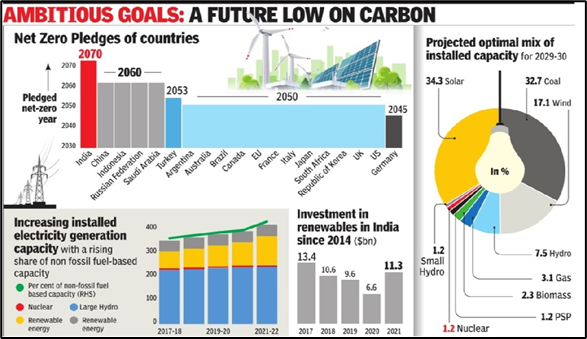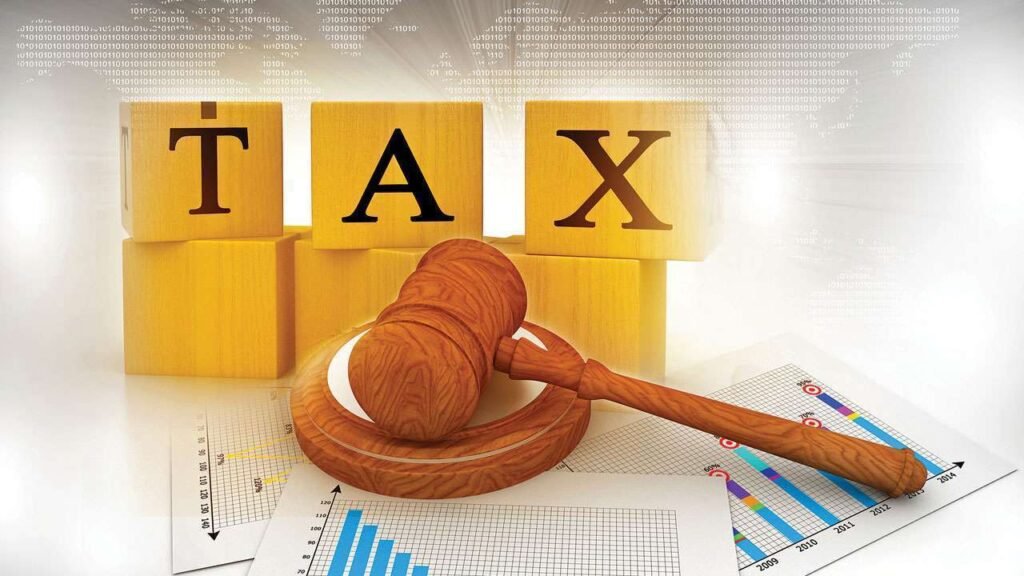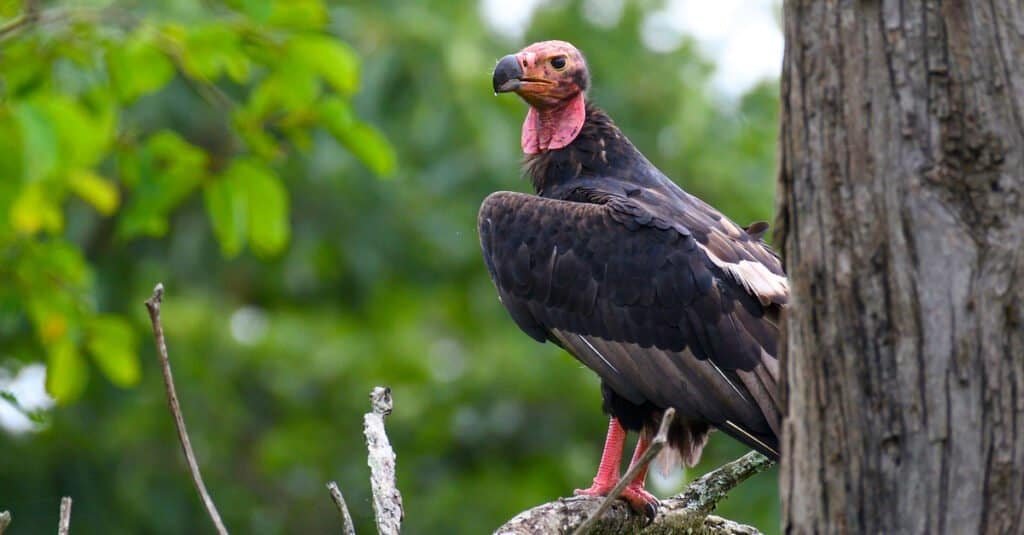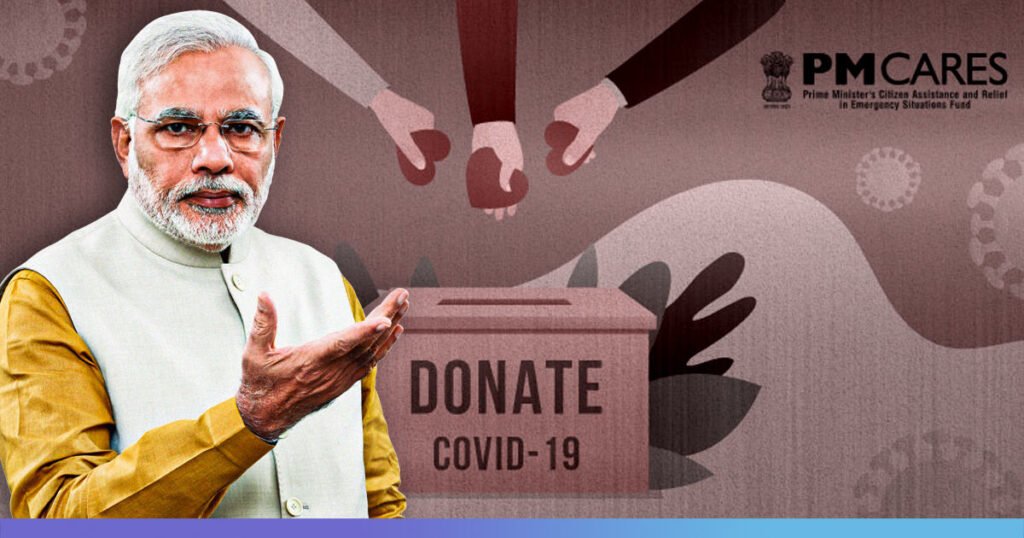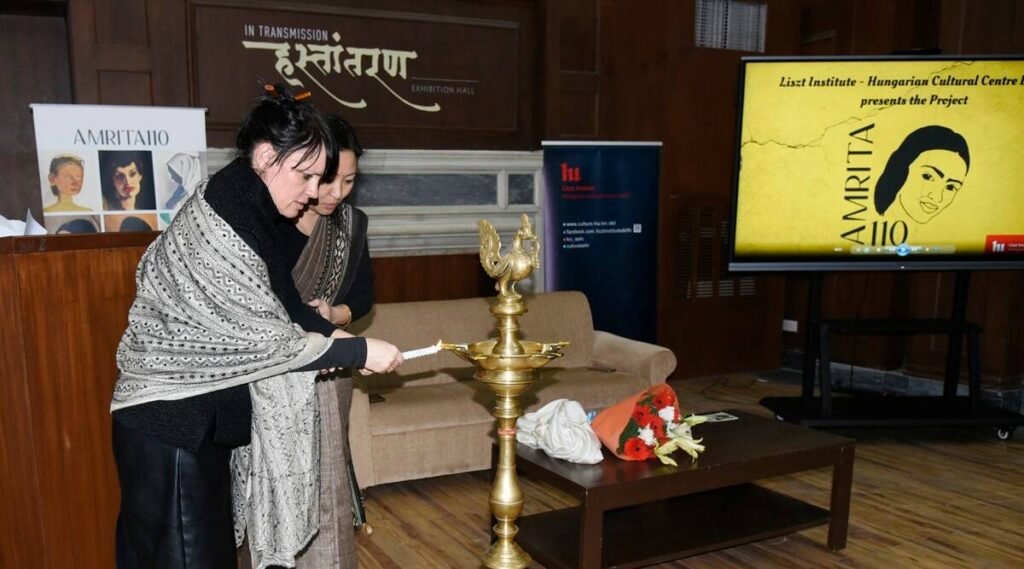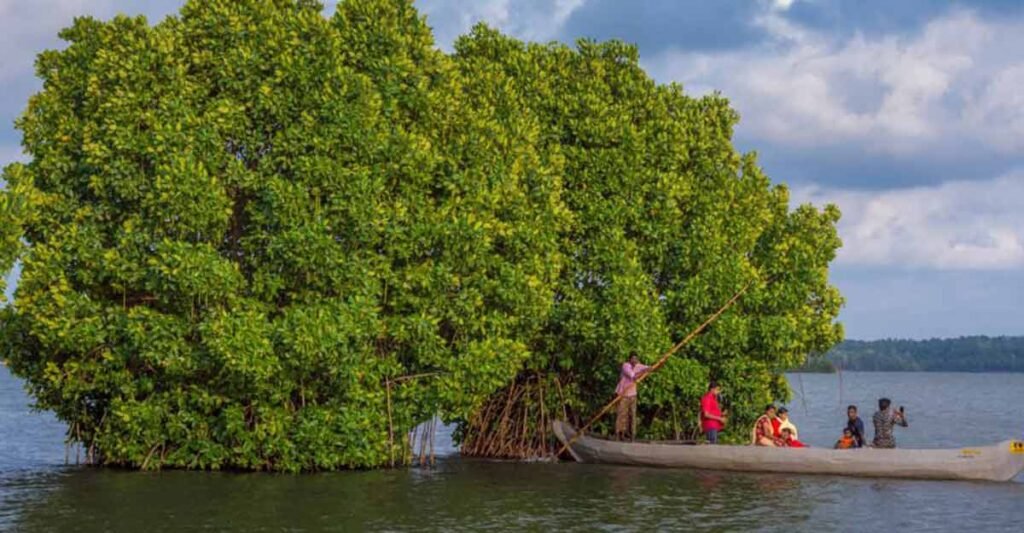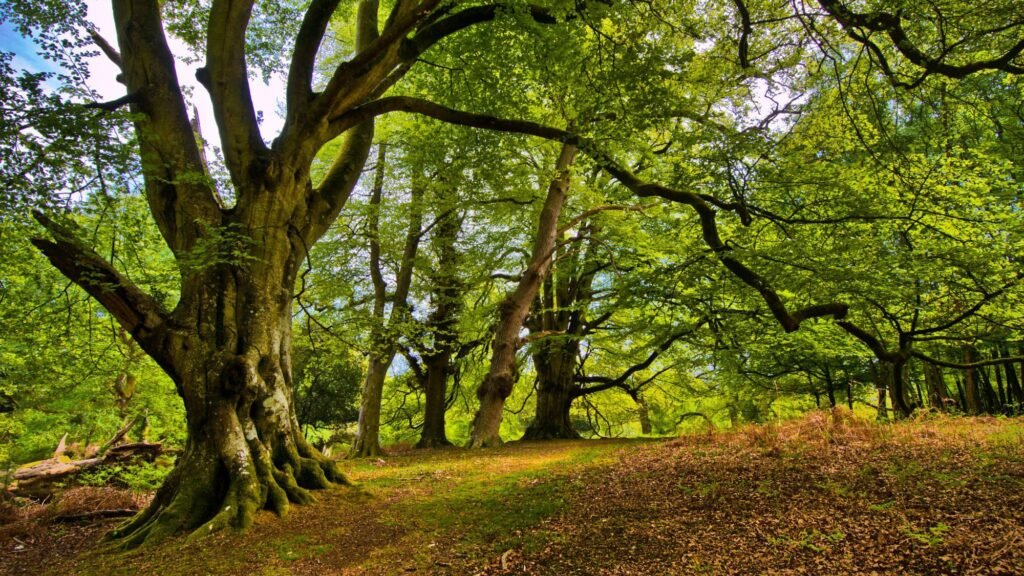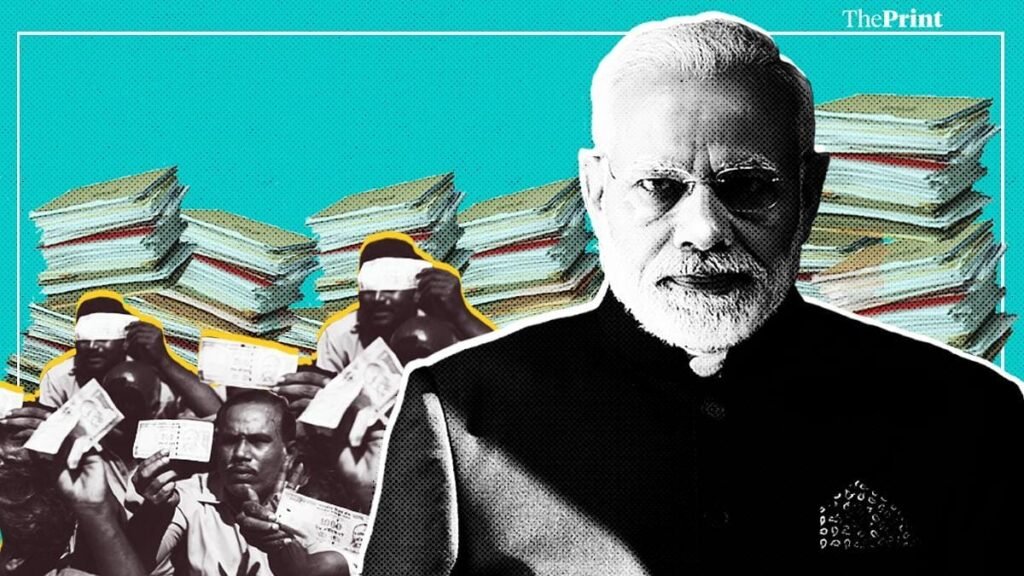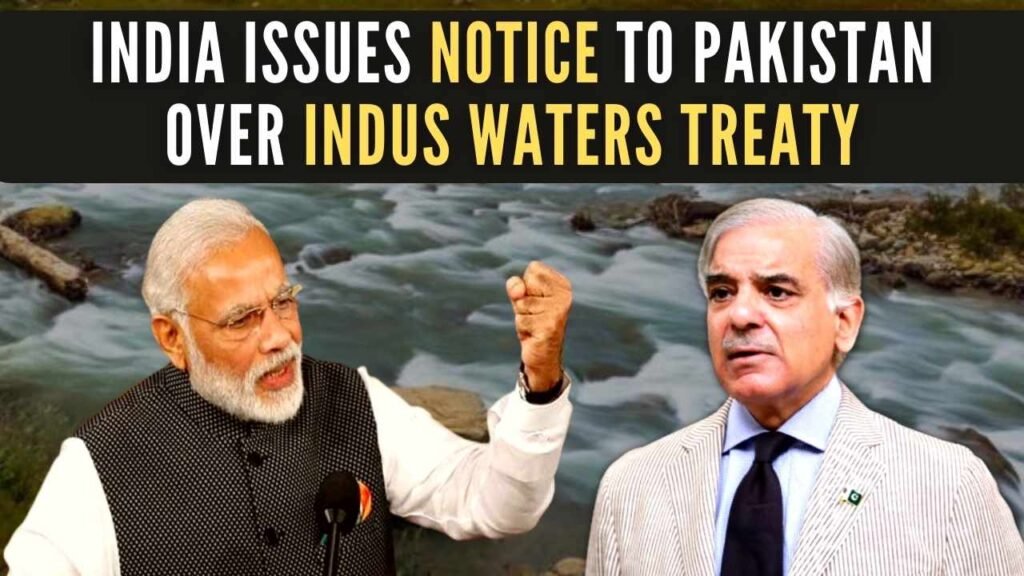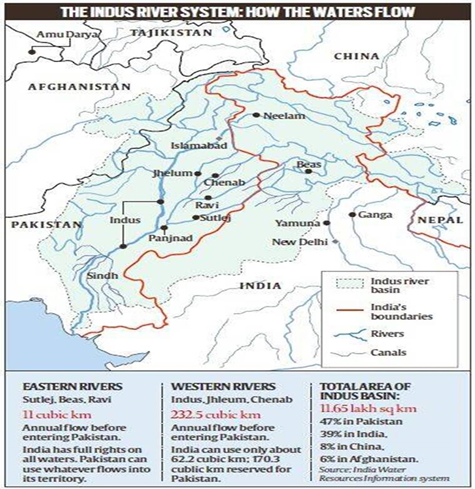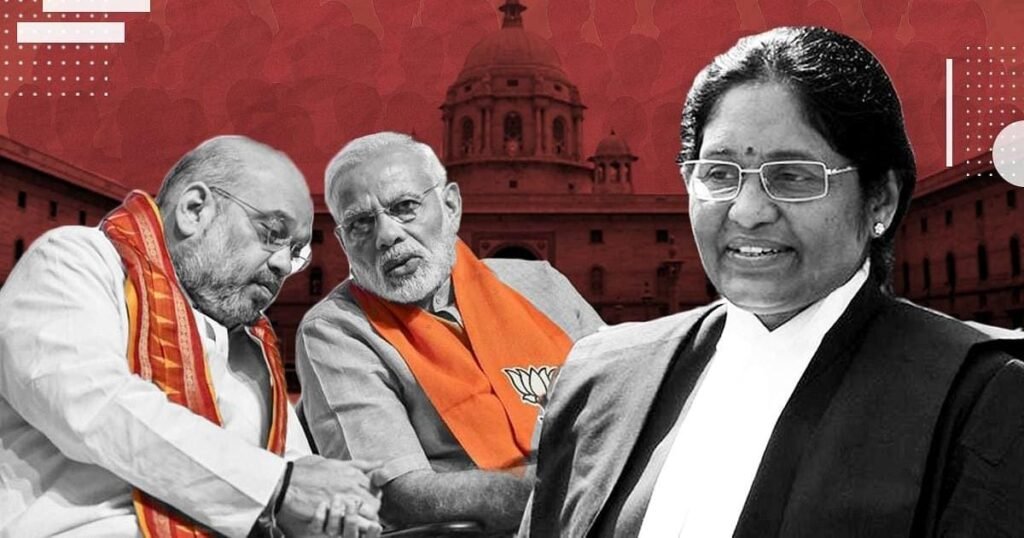Economic Survey 2023 highlights: Industrial Sector
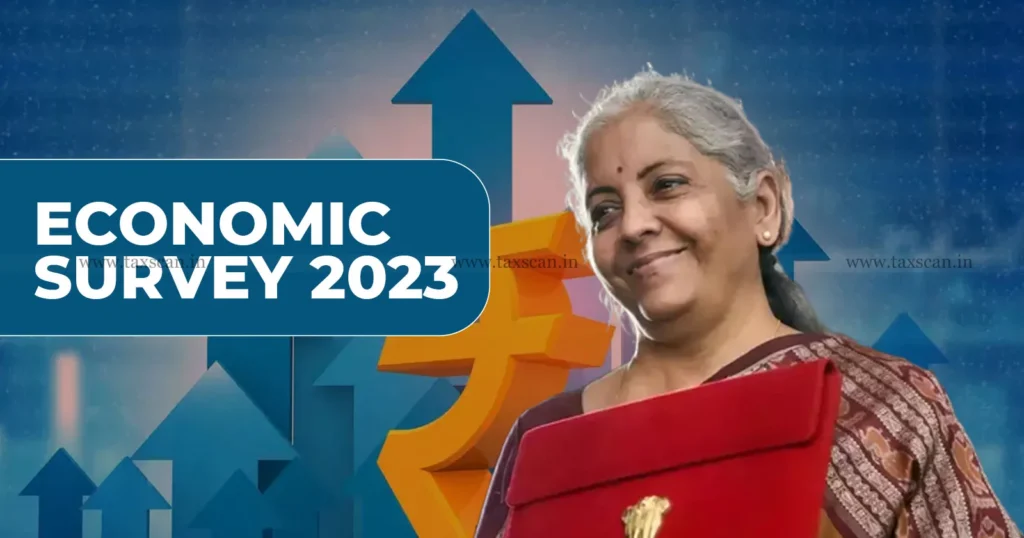
Why in News?
- The Union Finance Minister, Nirmala Sitharaman, tabled the Economic Survey for the Financial Year 2022-23, after the President’s address, on the first day of the Union Budget Session 2023-24.
What’s in today’s article?
- Key Highlights from Economic Survey 2023
Key Highlights from Economic Survey 2023:
- GDP Growth –
- India has already become the world’s 5th largest economy in the 75th year of Independence.
- The Economic Survey estimates that India’s nominal Gross Domestic Product (GDP) will reach $3.5 Trillion by the end of March, 2023.
- In real terms, the economy is expected to grow at 7% for the year ending March 2023. This follows an 8.7% growth in the previous financial year.
- It further said the fundamentals of the Indian economy are sound as it enters its “Amrit Kaal” – the 25-year journey towards its centenary as a modern, independent nation.
- Impact of Goods and Services Tax –
- Goods and Services Tax collection is showing a higher buoyancy than the pre-GST system.
- Giving a 5-year analysis of tax collection pre- and post-GST, the survey said the taxes which were subsumed in the Goods and Services Tax had a buoyancy of one.
- However, the buoyancy improved to 1.1 after the GST implementation on July 1, 2017.
- Tax buoyancy highlights the relationship between the change in the government’s tax revenue growth and the changes in GDP. When a tax is buoyant, it shows an increase in its revenue rate without increasing the tax rate.
- Startups in India –
- DPIIT-recognized startups created 2.69 lakh jobs in 2022, compared to 1.98 lakh in 2021.
- About 48% of the startups are from Tier-II & III cities.
- Credit flow to MSMEs –
- Credit flow to Micro, Small and Medium-scale Enterprises (MSMEs) has seen a significant increase, assisted in part by the introduction of the Emergency Credit Linked Guarantee Scheme (ECLGS).
- As of November 2022, 1.2 crore MSME units availed the ECLGS scheme and raised collateral-free resources for Rs 3.6 lakh crore.
- Skill Upgradation –
- The Survey noted that formal vocational/technical training for the age group 15-29 years rose from 2.8% in 2018-19 to 4.1% in 2020-21.
- Under the Pradhan Mantri Kaushal Vikas Yojana 2.0, between 2017 and 2023, about 1.1. crore persons have been trained.
- Information Technology Industry –
- The Information Technology-Business Process Management (IT-BPM) industry showed resilience during the Covid-19 pandemic.
- It registered 5% growth during the financial year 2021-22.
- Growth of FinTech & E-Commerce Sector –
- The e-commerce sector “witnessed a renewed push and a sharp increase in penetration in the aftermath of the pandemic,” the Economic Survey 2022-23 said.
- The growth was also fueled by –
- Growing internet penetration,
- Rise in smartphone adoption,
- Innovation in mobile technologies, and
- Increased adoption of digital payments.
- The sector is projected to grow at 18% annually.
- Significance of Green Hydrogen –
- Green hydrogen is hydrogen produced by splitting water by electrolysis. This produces only hydrogen and oxygen.
- According to the Economic Survey 2022-23, green hydrogen will be crucial for:
- India’s economic development,
- energy security and
- achieving decarbonization of harder to abate sectors such as fertilizers, refining, methanol, maritime shipping, iron & steel, etc.
- Shipbuilding Industry –
- The Survey identifies the shipbuilding industry as a strategically important industry due to its role in energy security, national defence, and the development of the heavy engineering industry.
- The Survey noted that it has the potential to increase the contribution of the industry and the services sector to the national GDP.
- The industry has the potential to strengthen the mission of an ‘Aatmanirbhar Bharat’, the survey said.
